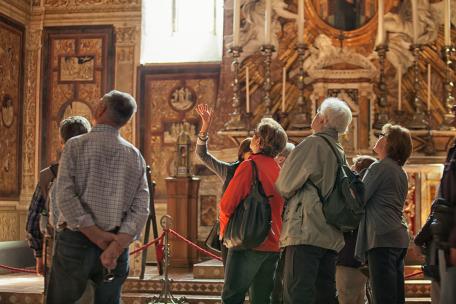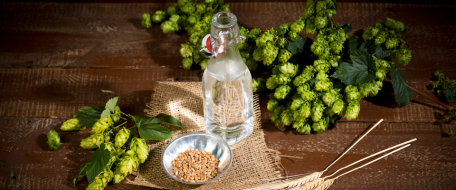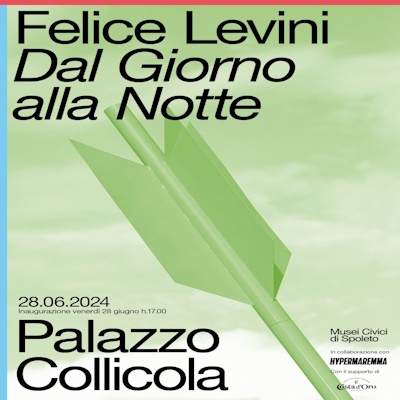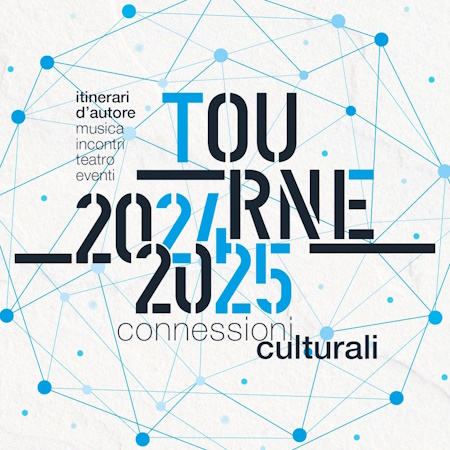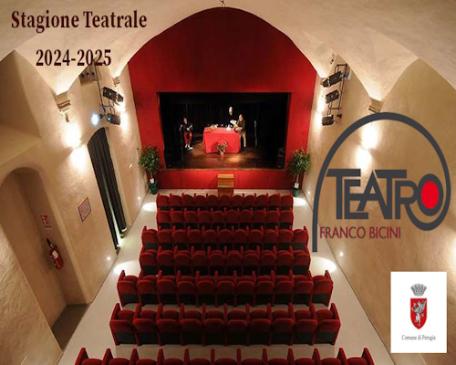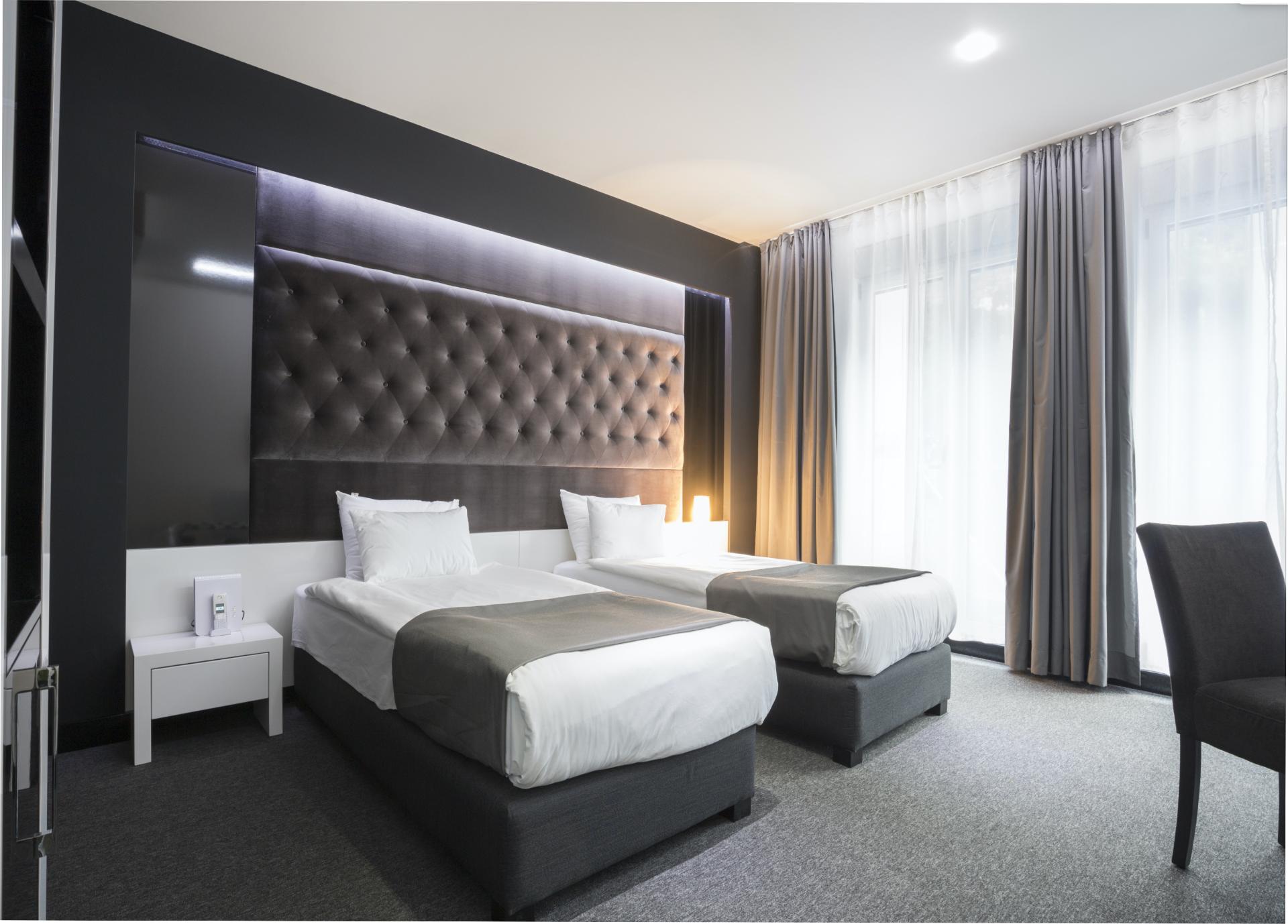HISTORY
Probably founded by the Romans in 84 AD, during the Middle Ages, Sellano played a significant strategic role in controlling the Vigi Valley. Due to this, it was subjected to the Lombards and incorporated into the Duchy of Spoleto. In the 13th century, it came under the rule of the Papal States, and in the 14th century, it became a fief of the Colligola family, lords of Montesanto. In 1860, the town voted for annexation to the Kingdom of Italy.
ART AND CULTURE
Sellano’s historic centre is home to remarkable artistic landmarks, such as the Palazzo Comunale (Town Hall), a 16th-century-style building housing 16th-century frescoes.
The Church of San Francesco, also known as Madonna della Croce, was completed in 1538 and features an octagonal layout. The interior is divided into three naves, with all chapels adorned with 16th-century wooden and stone altars. Another must-see is the Church of Santa Maria, originally built in the 13th century and rebuilt in the 16th century. Inside, visitors can admire numerous paintings from the 16th and 17th centuries, an intricately carved walnut pulpit, and a 15th-century gold-background triptych. The church also holds the remains of Blessed Jolo, a hermit who lived between the 13th and 14th centuries and is now the patron saint of Sellano.
The surrounding area boasts numerous hamlets filled with castles and artistic heritage. In Cammoro, visitors can find the Church of Santa Maria Novella, a rare example of a hanging church. The hamlet of Montesanto is home to an ancient castle surrounded by walls, while Postignano features a medieval hillside castle topped by a hexagonal tower. In the village of Pupaggi, the Church of San Sebastiano, a 13th-century structure, showcases elements of Romanesque architecture. In Sterpare, the Church of Madonna delle Grazie houses a valuable 13th-century wooden sculpture of the Madonna and Child. Finally, in the picturesque hamlet of Villamagina, the most profitable activity of Sellano takes place: the production of files and rasps.










